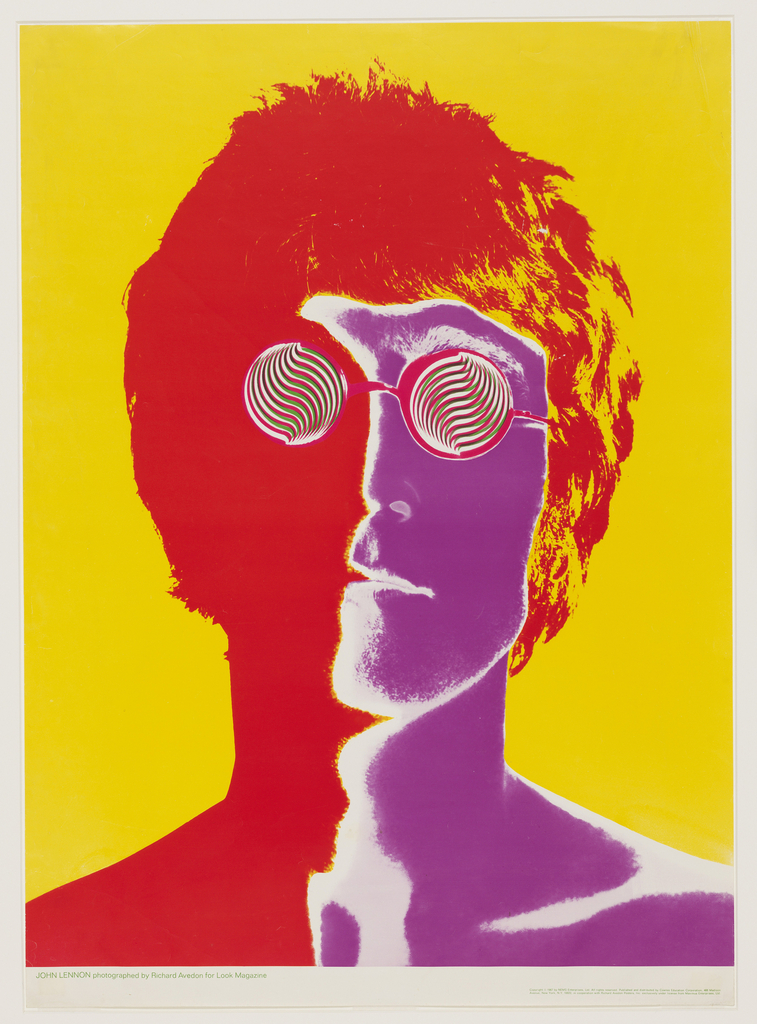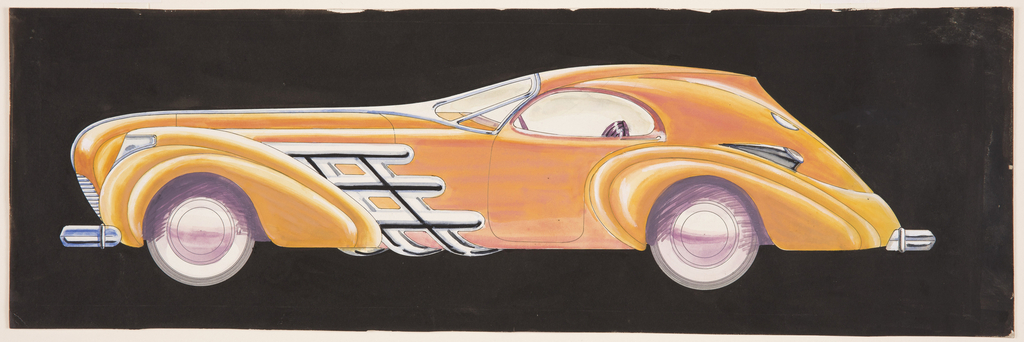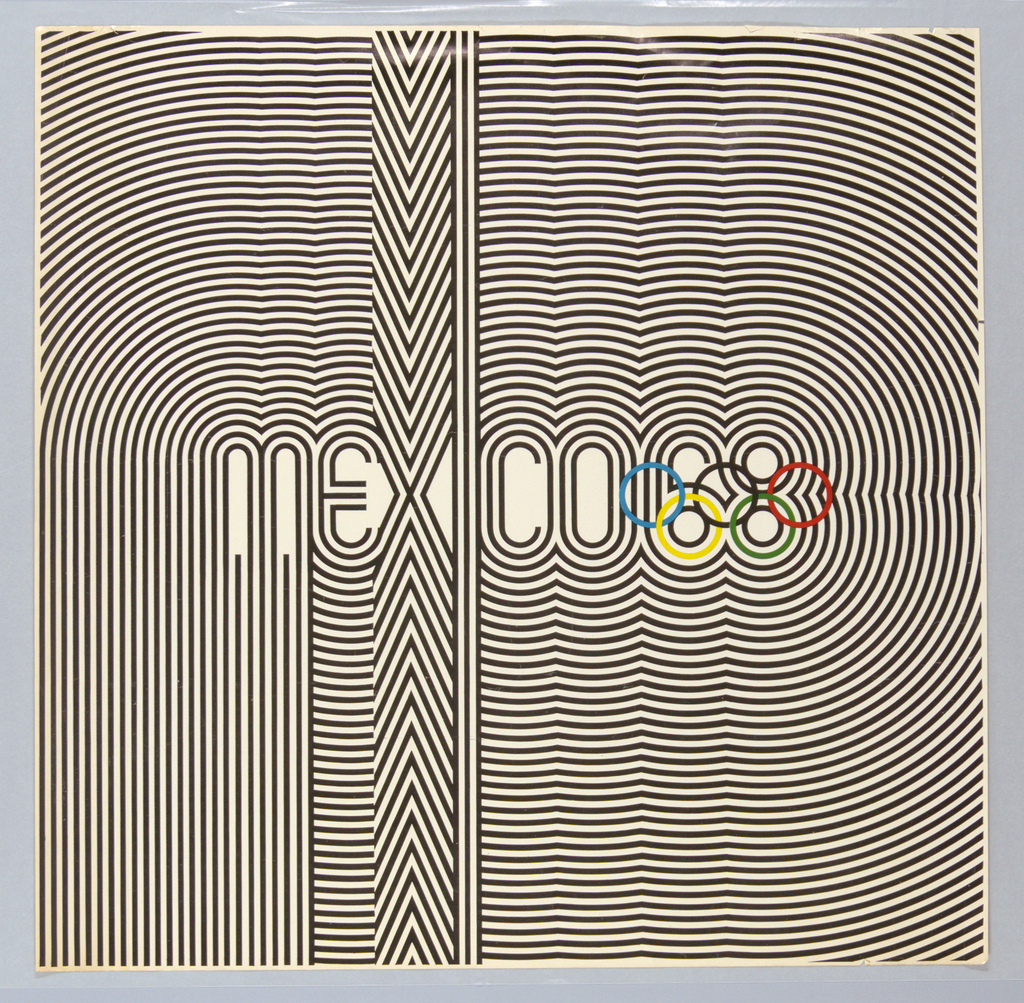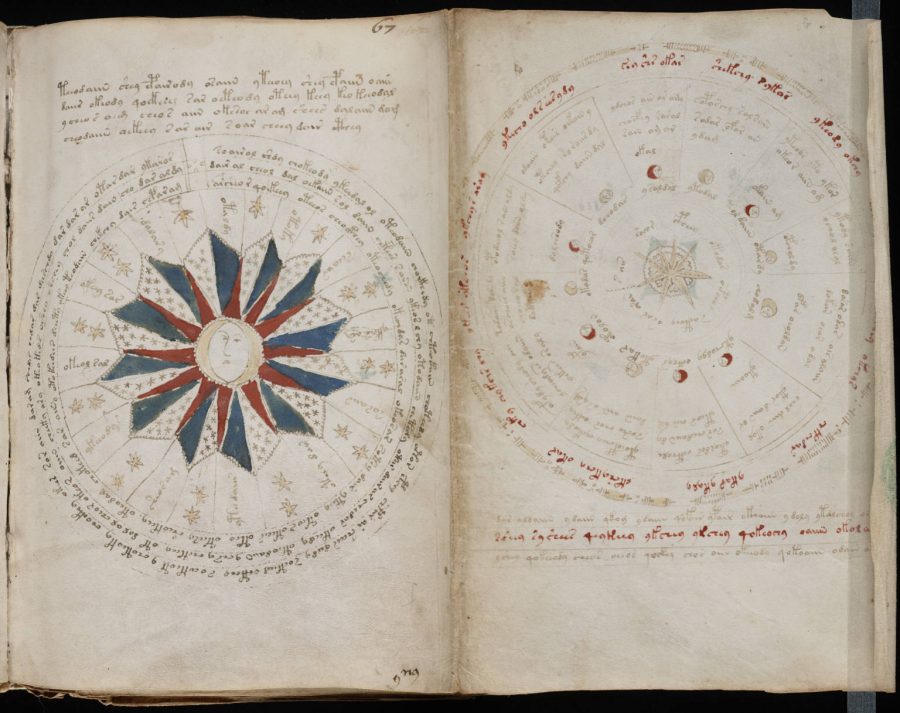For every august personage who’s taken a crack Edgar Allan Poe’s evergreen poem, “The Raven,” there are thousands more who haven’t.
Humorist Jordan Monsell is doing what he can to close that gap, providing a sampling of 100 mostly male, mostly white, mostly human celebrity voices. It’s a solo recitation, but vocally a collaborative one, with a fair number of animated characters making their way into the credits, too.
He certainly knows how to cast outside the box. Traditional Poe interpreters such as Vincent Price and John Astin bring some well established creep cred to the enterprise. Monsell picks Christopher Walken and Christopher Lee already have existing takes on this classic, and Anthony Hopkins and Willem Dafoe are welcome additions.
But what to make of Jerry Seinfeld, Pee-Wee Herman, Johnny Cash… and even poetry lover Bill Murray? Manic and much missed Robin Williams may offer a clue. What good is having an arsenal of impressions if you’re not willing to roll them out in rapid succession?
While some of Monsell’s impersonations (cough, David Bowie) fall a bit short of the mark, others will have you regretting that no one had the forethought to record Don Knotts or JFK reciting the poem in its entirety.
The titles offer a bit of a misnomer. In many instances, it’s not really the performers but their best known characters being aped. While there may not be too great a vocal divide between playwright Wallace Shawn and Vizzini in The Princess Bride, The Dude is not Jeff Bridges, any more than Captain Jack Sparrow is Johnny Depp.
The project seems likely to play best with nerdy adolescent boys… which could be good news for teachers looking to get reluctant readers onboard. Show it on the classroom Smart Board, and be prepared to have mini-teach-ins on Katharine Hepburn, Walter Matthau, the late great Robert Shaw, and other big names whose day has passed. Shrek, Gollum, and Harry Potter’s house elf, Dobby, are on hand to keep the references from feeling too moldy.
The specter of Poe gets the coveted final word, a balm to the ears after the triple assault of Christian Bale’s Batman, Mad Max’s Tom Hardy, and Heath Ledger’s Joker. (It may be a matter of taste. You’ll hear no complaint from these quarters with regard to Mickey Mouse, Bert Lahr’s Cowardly Lion, or The Simpson’s Krusty the Klown, wonderfully unctuous.)
The breakneck audio patchwork approach doesn’t do much for reading comprehension, but could lead to a lively middle school discussion on what constitutes a successful performance. Who served the text best? Readers?
Furthermore, who’s missing? What voice would you add to the Monsell’s roll call, below?
Morgan Freeman
Kermit the Frog
Johnny Cash
Ringo Starr
David Bowie
Rick Moranis
Gary Oldman
Peter Lorre
Adam Sandler
Don Knotts
William Shatner
George Takei
Michael Dorn
Daffy Duck
Ricky Gervais
Foghorn Leghorn
Liam Neeson
Nicholas Cage
John Travolta
Anthony Hopkins
Rod Serling
Cookie Monster
Jay Baruchel
Jeff Bridges
Johnny Depp
Archer
Dr. Phil
Gollum
Mandy Patinkin
Wallace Shawn
Billy Crystal
Owen Wilson
Dustin Hoffman
Krusty the Klown
Apu
Christian Bale
Michael Caine
Tom Hardy
Heath Ledger
Mickey Mouse
John Wayne
Jerry Seinfeld
Phil Hartman
Goofy
Al Pacino
Marlon Brando
Jack Lemmon
Walter Matthau
Christopher Walken
Rowlf the Dog
John Cleese
Robin Williams
Katharine Hepburn
Woody Allen
Matthew McConaughey
Cowardly Lion
Jimmy Stewart
John C. Reilly
James Mason
Sylvester Stallone
Arnold Schwarzenegger
Stewie
Daniel Day Lewis
Maggie Smith
Alan Rickman
Dobby
Jack Nicholson
Christoph Waltz
Bill Murray
Dan Aykroyd
Sean Connery
Bill Cosby
Christopher Lloyd
Droopy Dog
Kevin Spacey
Harrison Ford
Ronald Reagan
JFK
Bill Clinton
Keanu Reeves
Ian McKellen
Paul Giamatti
Sebastian
Stan Lee
Jeff Goldblum
Hugh Grant
Kenneth Branagh
Larry the Cable Guy
Pee-Wee Herman
Shrek
Donkey
Charlton Heston
Michael Keaton
Homer Simpson
Yoda
Willem Dafoe
Bruce Willis
Robert Shaw
Christopher Lee
Edgar Allan Poe
Related Content:
Ayun Halliday is an author, illustrator, theater maker and Chief Primatologist of the East Village Inky zine. Follow her @AyunHalliday.










